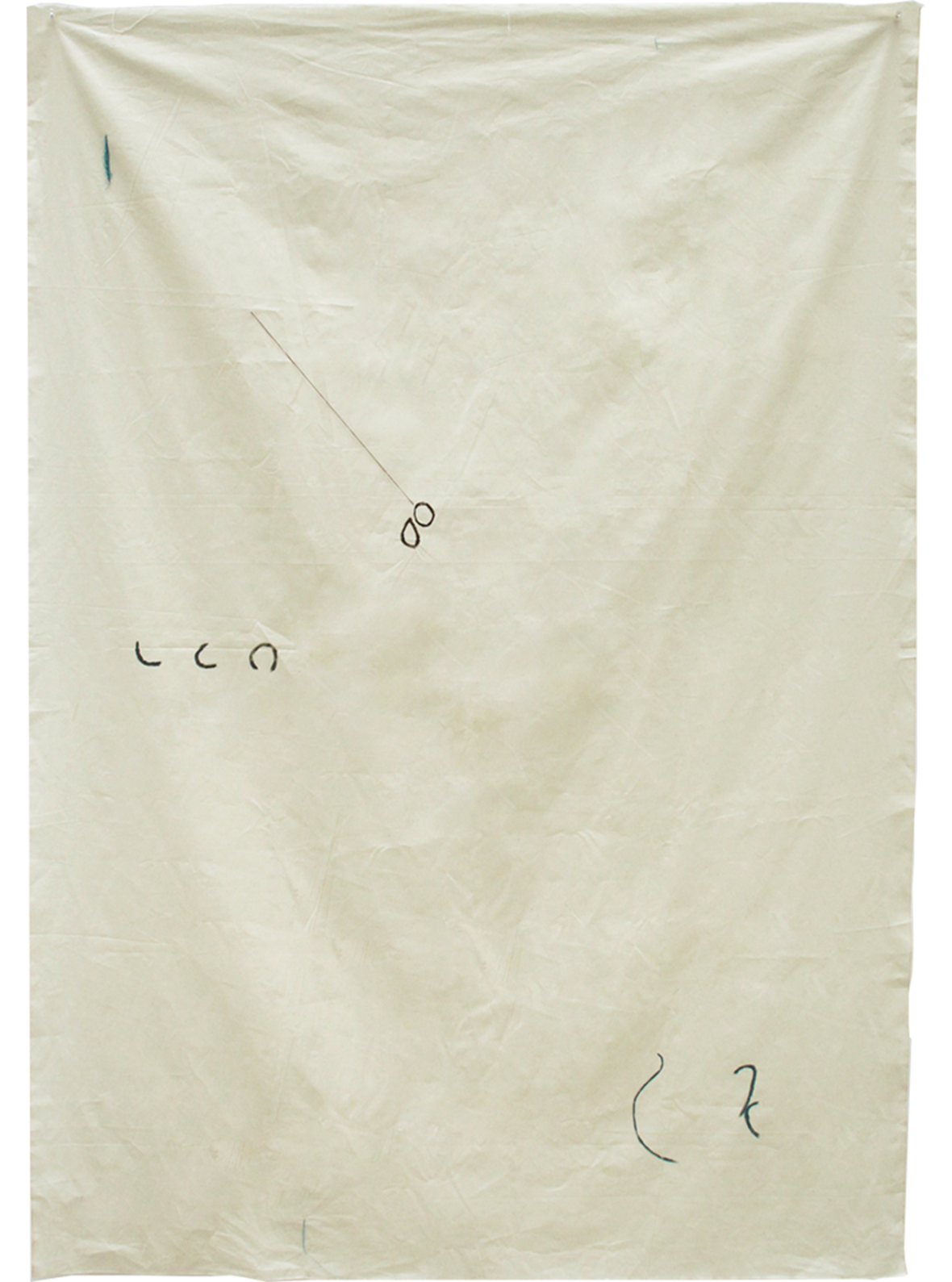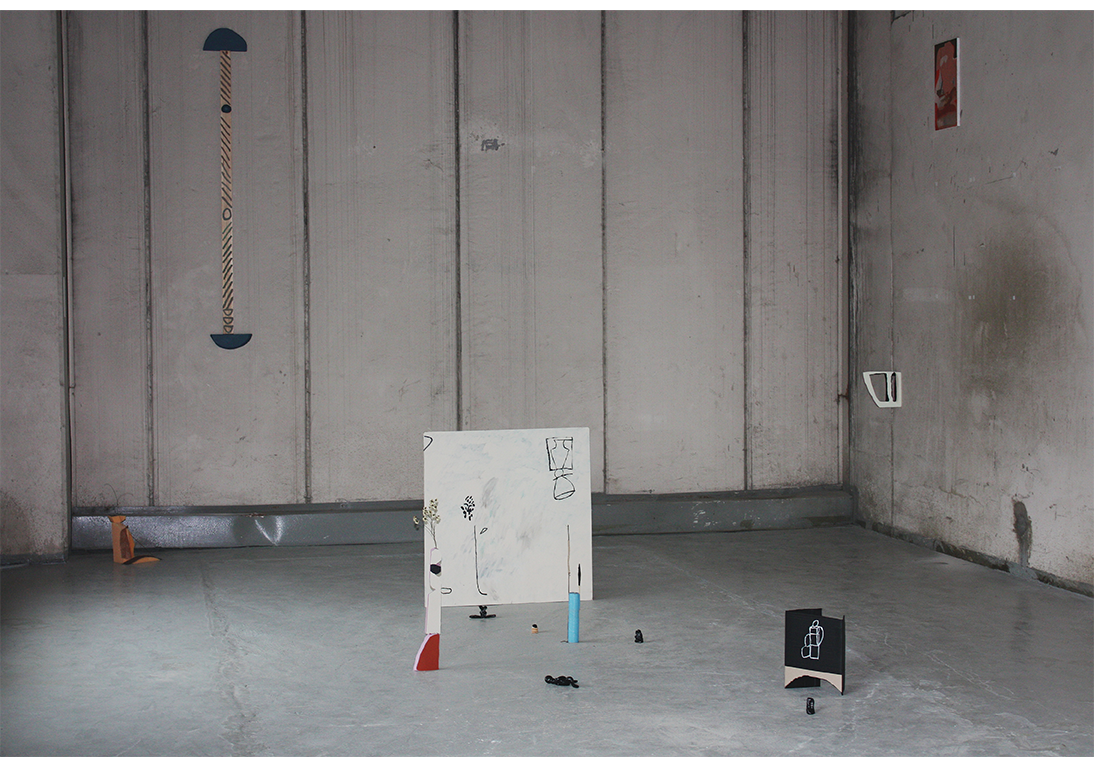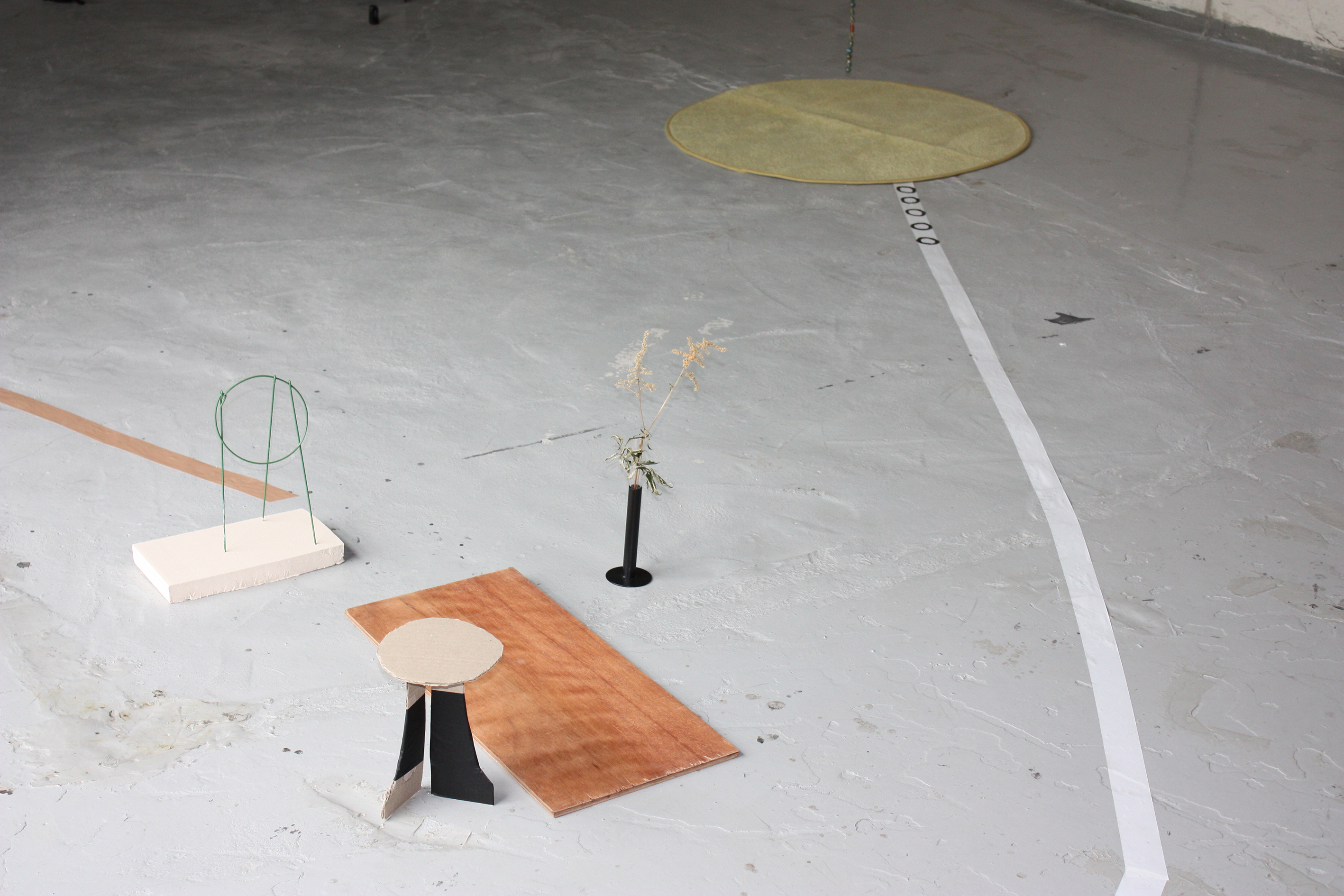The beauty of disappearance

<Walnuts go into the kettle>,2020, cotton cloth,thread,acrylic,
160×130cm

<Leaning on the real thing and showing yourself>, 2020, acrylic and colored pencil on paper, 43.9×31.6cm

< In the end, I wanted to say this> Exhibition view, 2020

<A piece of tissue>, 2020,
tape,paper box,bubble wrap,
40×12×12cm
tape,paper box,bubble wrap,
40×12×12cm

<When don't want to clean up>, 2020, wire,paper box,sponge,
piece of cloth,wooden stick, 50×22×19cm
piece of cloth,wooden stick, 50×22×19cm
 <Hanging on aesthetically>,
<Hanging on aesthetically>,2020, bead,wire,string,carpet, size variable

< In the end, I wanted to say this> Exhibition view, 2020
A incineration plant is a place where all things in the world are useless and thrown away to end. This place contains the state and moment when the dregs of an object that was alienated or excluded clearly reveals its existence. placeness of incineration plant has similarity to a funeral home where humans at the end of their lives are incinerated. This is because all objects eventually become extinction is in contact with the reality that humans cannot overcome the limitations of death.
In this place, objects made of dregs materials were displayed, and with the end of the exhibition, it contained the process of becoming garbage again and being disposed of. The dregs recombined by me becomes meaningful objects for a while and then disappears again, which contains the passage of time and awareness of everything that inevitably disappears.
Materials such as wooden boards, corrugations, dried branches, piece of tissue, boxes, wood, sponges, bubble wraps, masking tapes, etc. are those that decay and disappear more easily because they are fragile in everyday moments. Unlike perfect objects that are polished smoothly and boast hard durability, these materials clearly reveal the figure of disappearance. Therefore, they repeat appearance and disappearance even though they are clearly visible things.
Looking at the exhibition, objects with their own shapes are hung on or leaning against the wall, attached to the ground or hanging from the ceiling, scattered on the floor or standing still in a corner. However, despite the fact that works are located everywhere and occupy space, this space are revealed as an empty space.


 < Don't know how things work.>, 2020,
Woodlocks, boxes, paper tapes, vases, plants, wooden boards, plant supports,
size variable
< Don't know how things work.>, 2020,
Woodlocks, boxes, paper tapes, vases, plants, wooden boards, plant supports,
size variable
 <Before the installation>
<Before the installation>
 <after the installation>
<after the installation>
Before the installation was withdrawn, recognition of the inability to overcome extinction through insignificant objects was premised, so rather, they experience "empty" in a space filled with several objects. And you can experience being filled with afterimage of disappeared objects in the empty space you encounter after the withdrawal of installation. Pascal Bonitzer (1946~) mentions these empty spaces in his paper <Disappear> as follows.
"Empty areas are not empty. Fog, a face that disappears, an existing disappearing, or an empty area filled with certain movements represents the final point of existence finally freed from negative attitudes toward planning, passion, and human existence. ”1)
All types of disappearance bring emptiness and fleetingness. And this emptiness and fleetingness are objects that are avoided or neglected because they are accompanied by pain and sadness. However, when we face this disappearance, recognize it, and further move on to the consideration of disappearance, the existence of humans or objects will be filled with possibilities and potential and reborn as a space with vitality.
> Next